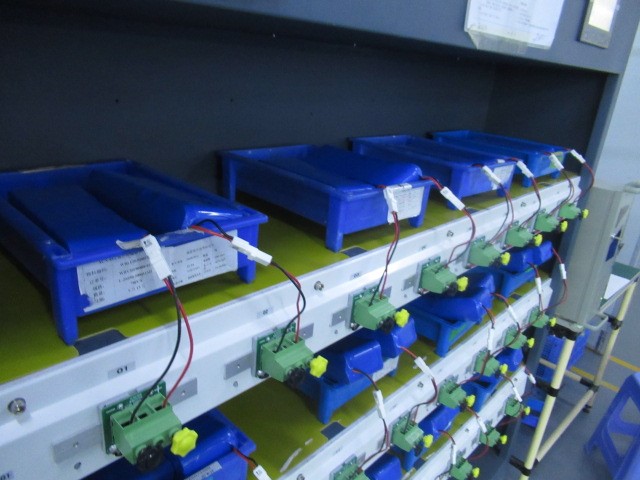
Contents
Introduction
Quality control remains the cornerstone of manufacturing excellence, ensuring that products not only meet but exceed customer expectations. Among the myriad of methodologies employed, Zero Defects and Full Inspection stand out as paradigms in the quest for quality. These approaches, while sharing the common goal of defect minimization, diverge significantly in philosophy, application, and impact. This article explores these differences in depth, providing illustrative examples and examining the strategic choice between them.
Zero Defects: A Quest for Perfection
Philosophy and Origins
The Zero Defects concept, championed by Philip Crosby in the 1960s, is predicated on the belief that with the right focus and commitment, it is possible to produce work of perfect quality. This philosophy asserts that defects are not inevitable and that achieving zero defects is a realistic and worthy goal. It underscores a proactive approach to quality management, focusing on defect prevention at the source and instilling a culture of excellence across the organization.
Methodologies and Implementation
Implementing Zero Defects involves a comprehensive strategy encompassing training, process improvement, and employee engagement. Key techniques include:
- Preventive Measures: Utilizing advanced quality planning and process optimization to prevent defects.
- Employee Involvement: Encouraging a participatory approach where quality becomes everyone’s responsibility.
- Continuous Improvement: Leveraging feedback and performance data to constantly refine processes.
Example: Automotive Industry
In the automotive sector, Zero Defects might manifest in stringent controls at each production stage. This could include automated systems for error-proofing, regular team reviews to identify potential quality issues, and rigorous training programs designed to instill a mindset of perfection among employees.
Full Inspection: Ensuring Quality through Exhaustive Review
Philosophy and Application
Contrary to the preventive nature of Zero Defects, Full Inspection adopts a reactive stance, emphasizing defect detection and correction. This method involves a thorough examination of every product unit, identifying and addressing any deviations from quality standards. It is particularly relevant in industries where the cost of failure is high, either due to safety implications, regulatory requirements, or consumer expectations.
Methodologies and Implementation
Full Inspection strategies are characterized by:
- Comprehensive Testing and Inspection: Employing detailed visual inspections, functional testing, and measurements to detect defects.
- Resource Intensity: Allocating significant labor and time resources to inspect each unit thoroughly.
- Selective Application: Focusing on critical product lines or batches where quality is paramount.
Example: Food Processing Industry
In food processing, Full Inspection ensures safety and quality, with each batch subjected to a battery of tests for contaminants, spoilage, and packaging integrity. This level of scrutiny is vital in maintaining consumer trust and regulatory compliance.
Comparative Analysis: Zero Defects vs. Full Inspection
Philosophical Divergence
The fundamental difference lies in their approach to quality: Zero Defects is preventive, aiming to eliminate the root causes of defects, whereas Full Inspection is reactive, focusing on defect detection and remediation.
Cost Implications
Zero Defects requires significant initial investment in training and process improvements but can lead to long-term savings by reducing the occurrence of defects. Full Inspection, while potentially more costly in terms of immediate resource allocation, is crucial in contexts where the cost of a single failure is unacceptable.
Strategic Considerations
The choice between Zero Defects and Full Inspection hinges on several factors, including the nature of the product, the acceptable level of risk, and the organization’s quality culture. While Zero Defects is ideal for industries where the emphasis is on long-term quality and continuous improvement, Full Inspection is indispensable in situations demanding guaranteed defect-free outputs.
Modern Technologies and Quality Control
Advancements in technology are reshaping quality control strategies. Automation, AI, and data analytics are enhancing both Zero Defects and Full Inspection approaches, enabling more efficient defect prevention and detection mechanisms. These tools facilitate real-time quality monitoring, predictive analytics for identifying potential issues before they arise, and automated inspection systems that offer both speed and precision.
Conclusion
Zero Defects and Full Inspection represent two distinct paths toward achieving quality excellence, each with its unique strengths and challenges. In practice, the most effective quality control strategy may involve a blend of both approaches, tailored to the specific needs and contexts of the organization. As technologies evolve, so too will these methodologies, offering new possibilities for achieving the ultimate goal of flawless product quality. The decision on which path to pursue should be guided by a strategic assessment of the organization’s objectives, capabilities, and the criticality of quality in its operations. In the end, the relentless pursuit of quality, through whichever lens, remains a central pillar of manufacturing success.




